After putting in a great deal of skill and plenty of heart, a couple has managed to save a more than 400-year-old farm in Germany’s Black Forest, turning it into a modern facility that meets KfW Efficiency House standards.
Anja Kluge and Ingolf Gössel were architects in Stuttgart who only really wanted a little cabin in the Black Forest as a base for excursions. “But then we saw these farms and noticed the clever ideas they had hidden inside,” Gössel points out. At once, they wanted to “re-discover what it would feel like to live there,” and in particular, to know “what kind of balancing act would it take to create comfortable modern conditions in them?”
The Black Forest farm is an endangered species. In 1900, there were still 5,000 examples of these beautiful farms. Today, there are only 500, some of which have long fallen out of use. The municipality of Schönwald was hoping for a reversal of fortunes when it sought to sell the majestic Kienzlerhansenhof in 2012. This farm is situated in a high valley almost 1,000 metres above sea level.
Kluge and Gössel received the award for their plan combining a family farmstead with (EU-funded) beef cow and sheep farming over a large area. With help from friends, parents, and siblings, they are hoping to run the farm all year round – even though the couple are often in Stuttgart themselves. Kluge also gave birth to their son in the meantime, and in fact they spend a large amount of time at the farm.
But first, they explored what they had in front of them. Three buildings archaeologists and capable craftsmen helped them to understand the farm (built 1591), and work on it in a proper and professional way. They were part of “a long list of people” who have helped to maintain and develop the farm. They are well-acquainted with what Kluge calls this “universe”, all the way from the stone-walled cellar to the ancestral finial on the roof. The amazing thing? “The whole place has a human dimension, so we never feel lost,” they report.
They replaced the 1,000-square-metre roof with hand-cut shingles. From afar, this appears to blend in with the landscape. In the process, they also got rid of some conversions from past decades that spoilt the building. Various windows were filled in and the smokehouse kitchen (which can be used to cook on an open fire) once again extends over two storeys. Modern materials that had been introduced now gave way to old clay walls and the bathrooms feature some wonderfully smooth jointless flooring made from a mix that includes sterilised dung. They did without tiling and built-in furniture.
And where there were already problems, the two architects applied some fresh thinking to revive the home. The milk bottling room has become a sauna, while the boiler room is now an equipment room. The building, over 400 years old, can be used in a variety of ways (even if some of the beams make it necessary to stoop down here and there in mock humility).
Read more under the image gallery.
Subdued, indirect lighting highlights the ruts and patina on the surfaces. The place where the farmer “parked” his axe in the beam is clearly visible in the hallway. The servants’ chambers have remained narrow and dimly-lit, but are thoroughly insulated and available as guest rooms, including for children. The well in front of the house is used a “fridge” once again and plans are afoot to rebuild the bakery. This way, the house can continue to be full of history – without the need to become a museum and collect dust.
Thanks to 21°C water coming from a 130m-deep borehole in the ground, the farm is largely energy-independent. At a supply temperature of 31°C, a solar-powered heat pump automatically warms the house up to comfortable temperatures. Two new masonry stoves cover peak demand only, as well as helping to create the cosy atmosphere inside.
The project at a glance
Source
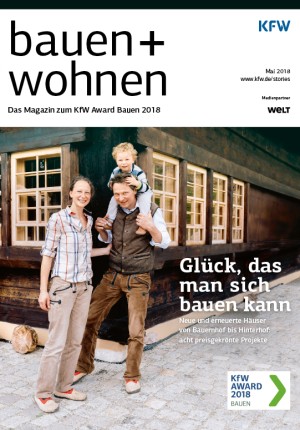
This article has been published in the bauen + wohnen magazine 2018.
To German editionProject: conversion of Kienzlerhansenhof into a multi-functional family farmstead
Location: Oberort 5, Schönwald im Schwarzwald, Germany
Year of construction: 1591/2016
Owners: Anja Kluge, Ingolf Gössel
Architects: Gössel Kluge Freie Architekten, Stuttgart
Energy consultant: Heinze Energieberatung, Stuttgart
Plot size: 10,000m²
Floor area: 587m²
Total cost per m²: EUR 1,286
Benefits for residents: traditional living that meets the latest standards, multi-functional home in close touch with nature that can host people across generations
Benefits for society: preserves architecture typical of the region and provides a lesson in sustainability of heritage
Energy conservation: combination of traditional building ecology with contemporary techniques, in particular a geothermal heat pump system and use of solar power
Published on KfW Stories: Wednesday, 23 May 2018

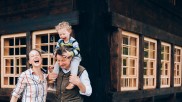
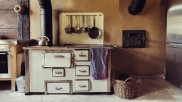
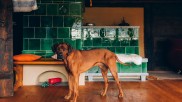
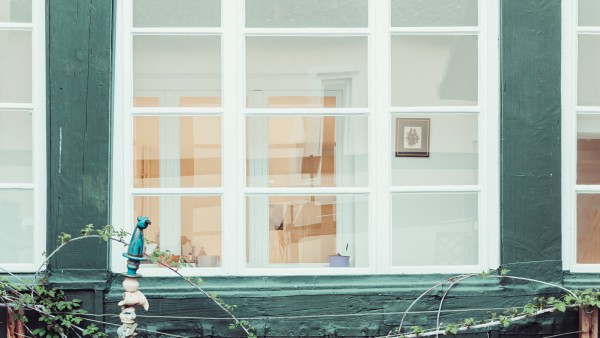
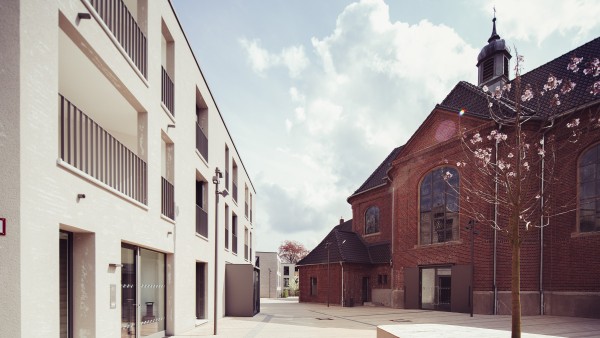
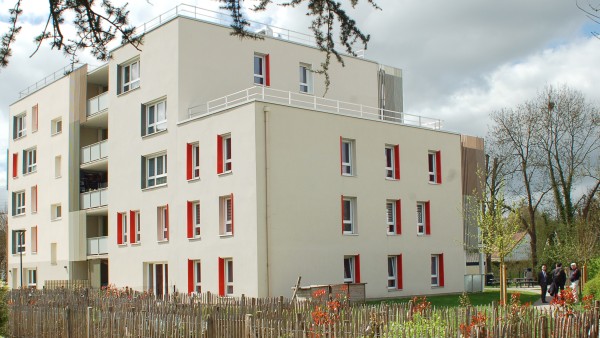
Data protection principles
If you click on one of the following icons, your data will be sent to the corresponding social network.
Privacy information